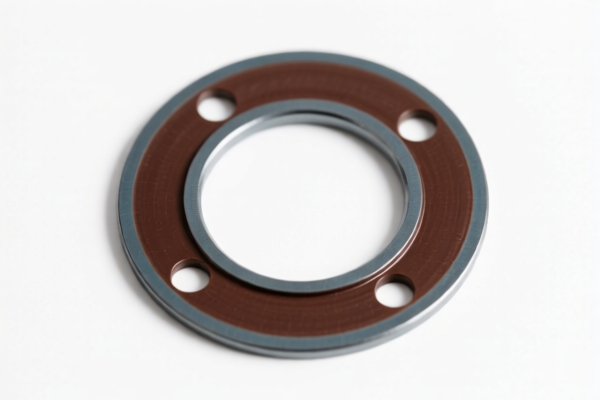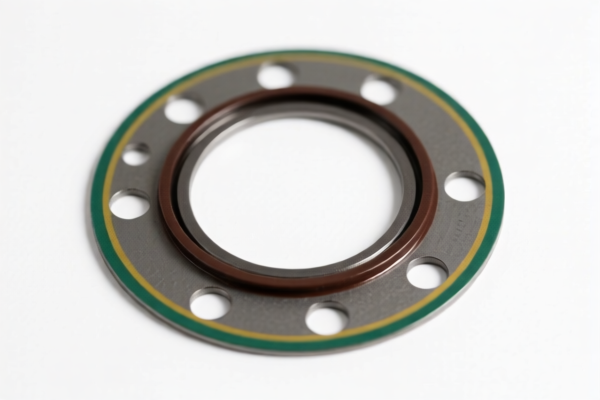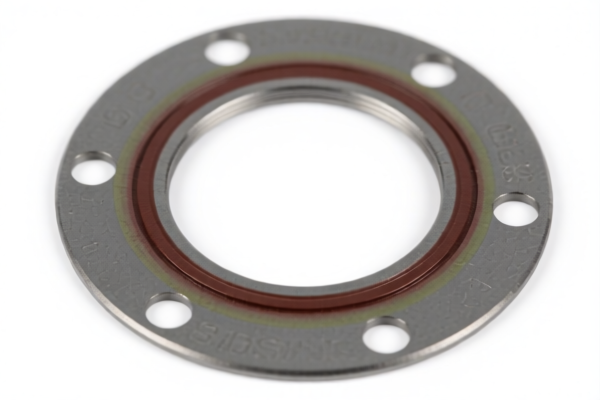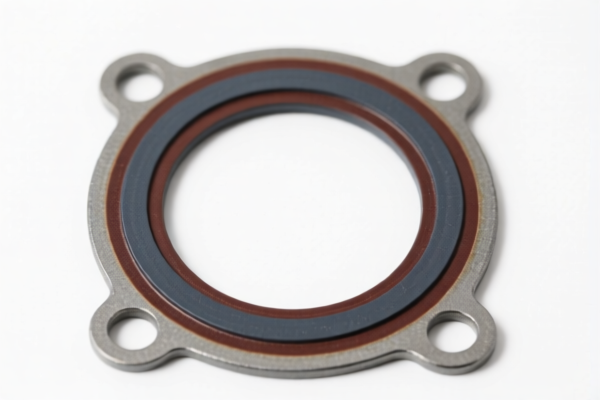| HS Code | Official Doc | Tariff Rate | Origin | Destination | Effective Date |
|---|---|---|---|---|---|
| 8708996890 | Doc | 82.5% | CN | US | 2025-05-12 |
| 4823906000 | Doc | 55.0% | CN | US | 2025-05-12 |
| 4823908000 | Doc | 55.0% | CN | US | 2025-05-12 |
| 4807001000 | Doc | 55.0% | CN | US | 2025-05-12 |
| 4807009400 | Doc | 55.0% | CN | US | 2025-05-12 |




Manifold Gasket
A manifold gasket is a seal installed between two or more surfaces of an engine's intake or exhaust manifold and the engine block or cylinder head. Its primary function is to prevent leaks of combustion gases, intake air, or coolant between these components.
Material
Manifold gaskets are constructed from a variety of materials, chosen based on the operating temperature, pressure, and the fluids they need to seal. Common materials include:
- Cork: Historically common, now primarily used in low-stress applications due to its limited heat and pressure resistance.
- Rubber: Used in some lower-temperature applications, often reinforced with fabric.
- Fiber: Composite materials consisting of various fibers (e.g., cellulose, aramid) bonded with rubber or resin. Offer better temperature and pressure resistance than rubber alone.
- MLS (Multi-Layer Steel): Composed of multiple layers of stainless steel, often with a coating to enhance sealing. Used in high-performance and high-stress applications, providing excellent sealing and durability.
- Graphite: Offers excellent temperature resistance and sealing properties, often used in turbocharger applications or high-performance engines.
Purpose
- Prevent Leaks: The core function is to maintain pressure within the engine's intake and exhaust systems, preventing loss of power and efficiency.
- Isolate Fluids: Prevents coolant from entering the cylinders or oil passages, and exhaust gases from escaping into the engine bay.
- Thermal Insulation: Provides a degree of thermal insulation between the manifold and the cylinder head, helping to manage engine temperature.
Function
Manifold gaskets function by:
- Conforming to Surface Imperfections: The gasket material compresses and conforms to the irregularities of the mating surfaces, creating a tight seal.
- Resisting Combustion Pressure: The gasket withstands the high pressures generated during combustion, preventing blow-out.
- Withstanding Thermal Cycling: The gasket maintains its seal through repeated heating and cooling cycles.
Usage Scenarios
- Engine Assembly: Used during the initial construction of an engine.
- Engine Repair/Rebuild: Replaced whenever an intake or exhaust manifold is removed for maintenance or repair.
- Performance Upgrades: High-performance gaskets are used in modified engines to withstand increased pressures and temperatures.
- Addressing Leaks: Replacing a damaged or worn gasket is essential to resolve leaks in the intake or exhaust system.
Common Types
- Intake Manifold Gasket: Seals the intake manifold to the cylinder head, preventing air leaks.
- Exhaust Manifold Gasket: Seals the exhaust manifold to the cylinder head, preventing exhaust gas leaks.
- Turbocharger Gasket: Specifically designed to seal the turbocharger to the exhaust manifold or cylinder head.
- Four-Layer Steel Gasket: A type of MLS gasket offering high strength and durability.
- Composite Gasket: Utilizes a combination of materials for specific performance characteristics.
Manifold gaskets are seals used between the engine block and intake/exhaust manifolds to ensure a tight closure, preventing leaks of combustion gases or coolant. They are typically made from materials like rubber, cork, or composite materials.
The following HS codes are relevant based on the provided reference material:
- 8708996890: This code falls under Chapter 87, which covers parts and accessories of motor vehicles. Specifically, it relates to 'Other parts and accessories' for power trains. This is a broad category and could include manifold gaskets if they are specifically for motor vehicles. The total tax rate is 82.5%, comprising a 2.5% base tariff, a 25% additional tariff, and a 30% additional tariff applicable after April 2, 2025, with a 25% additional tariff for steel or aluminum products.
- 4823906000: This code is under Chapter 48, covering paper, paperboard, cellulose wadding, and webs of cellulose fibers. It specifically refers to 'Gaskets, washers and other seals' made of coated paper or paperboard. The total tax rate is 55%, consisting of a 0% base tariff and a 25% additional tariff, increasing to 30% after April 2, 2025.
- 4823908000: Also within Chapter 48, this code covers 'Gaskets, washers and other seals' made from other materials. The total tax rate is 55%, with a 0% base tariff and a 25% additional tariff, rising to 30% after April 2, 2025.
Regarding HS codes 4823906000 and 4823908000, please note the need to verify the material composition of the gasket. If the gasket is made of coated paper or paperboard, use 4823906000. If it is made of other materials, use 4823908000.
Customer Reviews
The page made it easy to understand the trade details for plastic doors. I would recommend this to anyone looking to export.
This page was a lifesaver for my export documentation. The tariff rates and HS codes were all laid out in a very organized way.
I had a few questions about the 5% tariff rate, but the explanation here was straightforward and helpful.
The HS code 3925 was clearly explained, and I appreciated the examples given for different types of plastic doors.
The page provided all the necessary details for exporting plastic doors. I was impressed by the clarity and depth of the information.